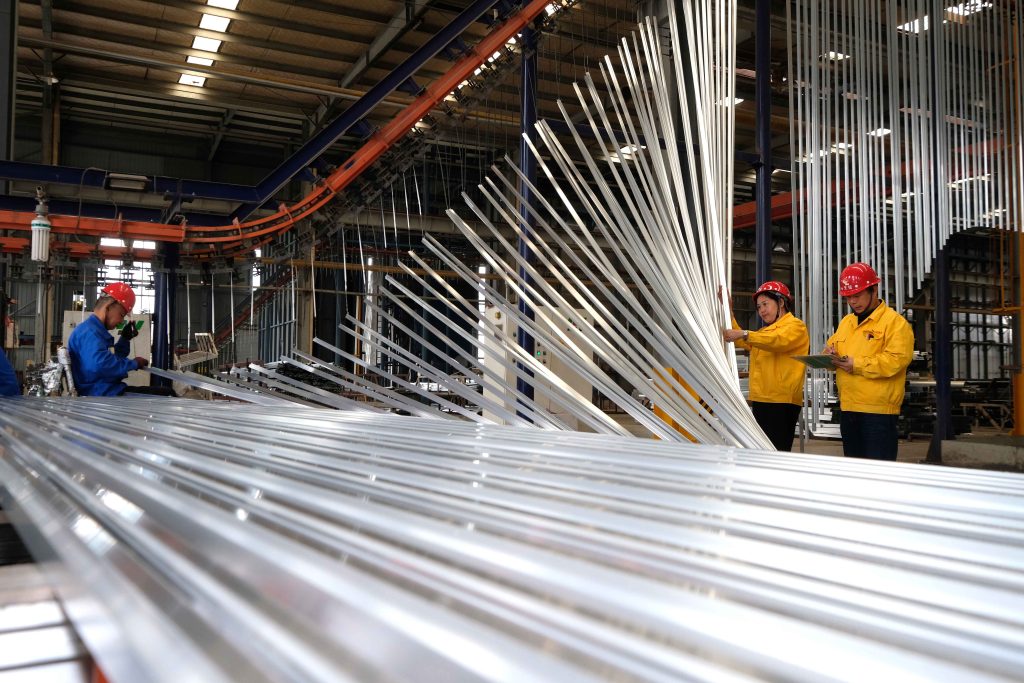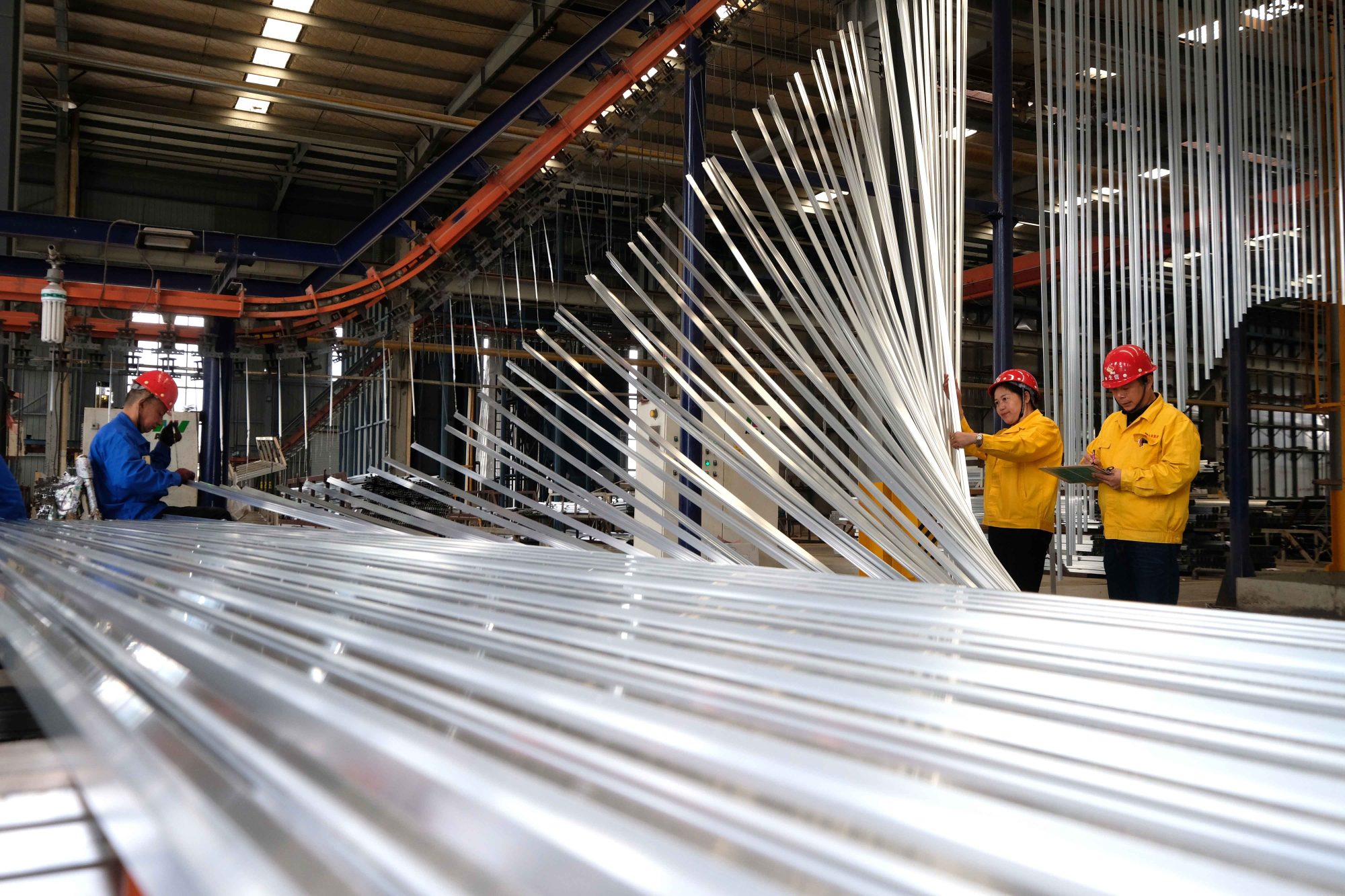Introduction
Surface treatment plays a crucial role in enhancing the durability and aesthetics of aluminum profiles used in various industrial applications. Among the numerous treatment methods available, sandblasting oxidation and anodizing stand out as popular choices. In this article, we delve into the distinctions between these two processes to help you understand their respective benefits and applications.
Process Differences
Sandblasting involves the use of external force to spray sand particles onto the surface of aluminum profiles, achieving roughening, cleaning, and decorative effects. Conversely, anodizing refers to the oxidation of aluminum in sulfuric acid or other solutions, resulting in the formation of a protective oxide film through direct current.
Processing Methods
While sandblasting is a physical treatment, anodizing is a chemical process. Sandblasting is often employed as a preparatory step before painting if anodizing alone cannot meet anti-corrosion requirements.
Treatment Effects
Sandblasting can clean, deburr, and create glossy effects on aluminum profiles, whereas anodizing primarily forms a protective oxide film to enhance corrosion resistance.
Corrosion Resistance
Anodized aluminum profiles exhibit superior corrosion resistance compared to sandblasted surfaces, making them suitable for applications requiring prolonged exposure to harsh environments.
Conclusion
In summary, the choice between sandblasting oxidation and anodizing depends on specific application requirements. While sandblasting offers versatile surface preparation capabilities, anodizing provides long-lasting corrosion protection. By understanding the differences between these two methods, you can select the most suitable surface treatment for your aluminum profiles to ensure optimal performance and durability.

